
Royal Enfield’s J-platform Bikes: Real-world Performance Compared
- Oct 5, 2022
- Views : 27541

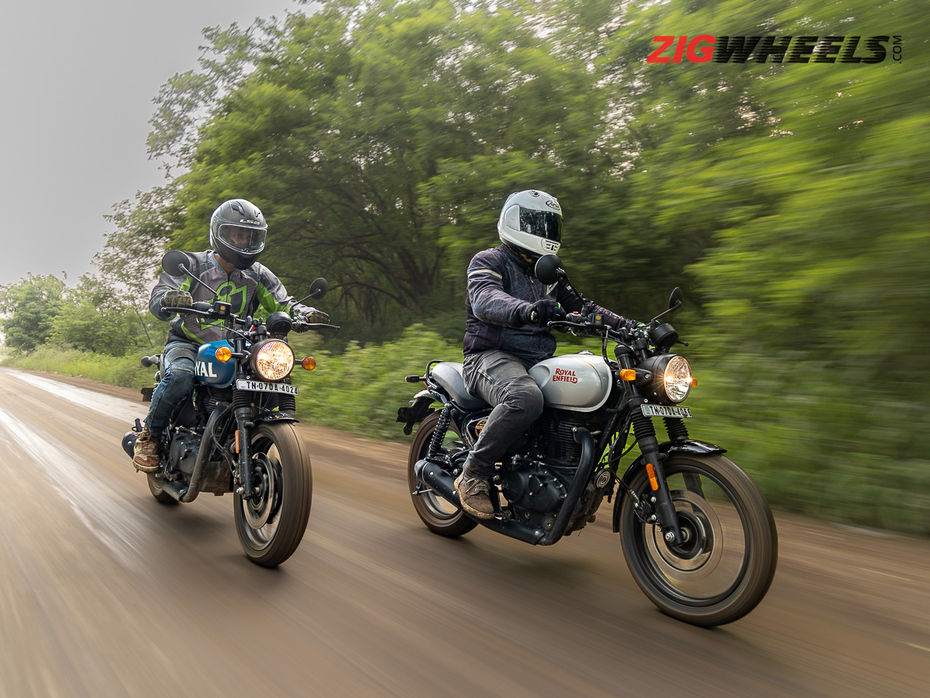
Royal Enfield is offering the Hunter 350 at three very attractive price points. It’s the most affordable J-series motorcycle in its lineup and is a good option to consider if you’re looking to move up from a commuter without compromising on daily practicality.
With that out of the way, let’s compare the Hunter’s entry-level variant – Retro – and the most expensive – Metro Rebel – to see if they are really far apart as the premium bikemaker would like you to believe.
But before we…
…dive into the differences between these two variants, here is something you need to know about the Hunter which we couldn’t tackle on the first ride. See, 17-inch rims at both ends does make the motorcycle a lot more agile and sporty, but this comes at a cost: low ground clearance.
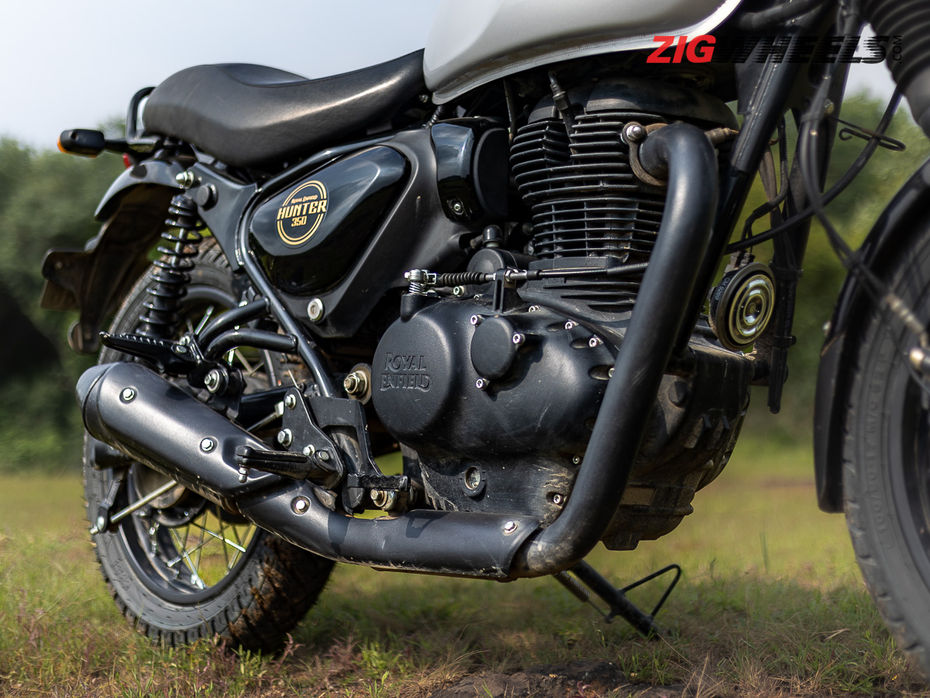
When compared with the Classic 350 and Meteor 350's 170mm ground clearance, the Hunter gets a smaller 150mm coverage. So, this urban bike tends to struggle a bit more over urban speed breakers(!), especially so when there’s a pillion passenger.
Retro or Metro?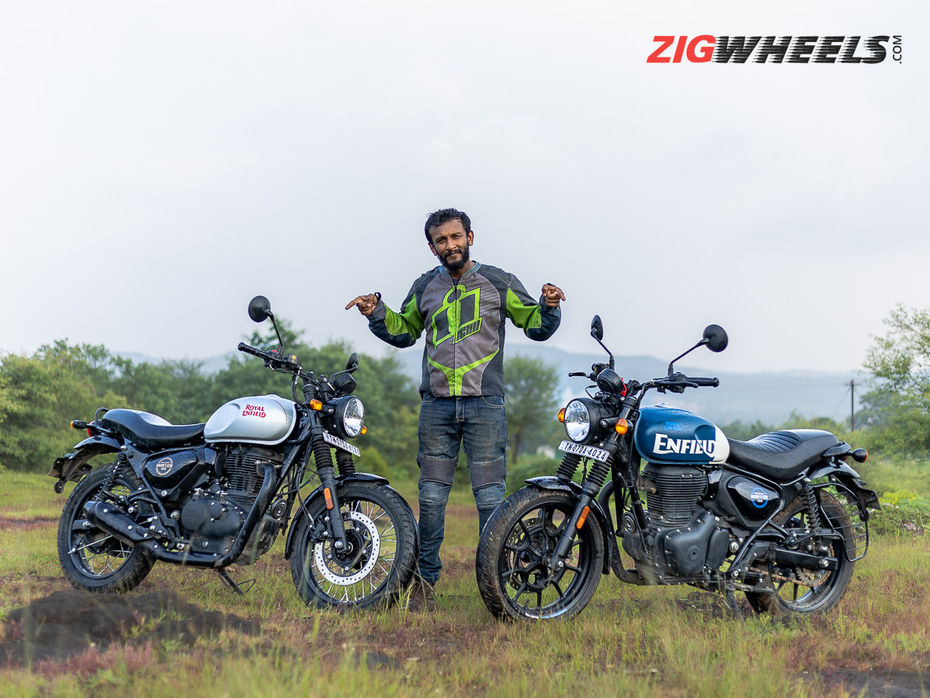
1. Rims
On the Retro, you get wire-spoke rims, which give the entry-level variant of the Hunter a rather old-fashioned look. On the other hand, the Metro gets tubeless alloy wheels, but you do have to pay more for them. 
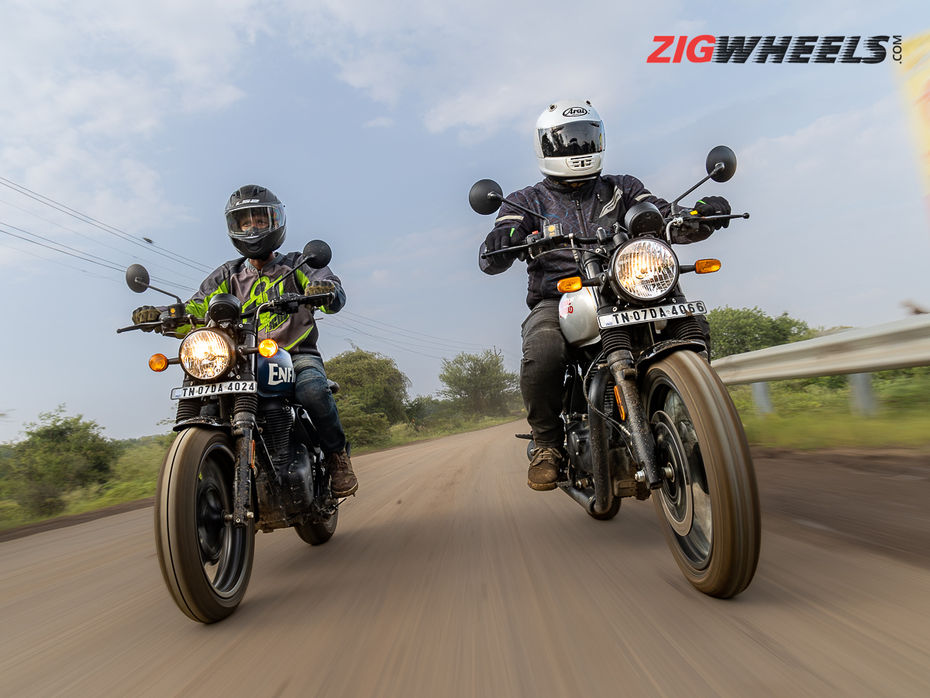
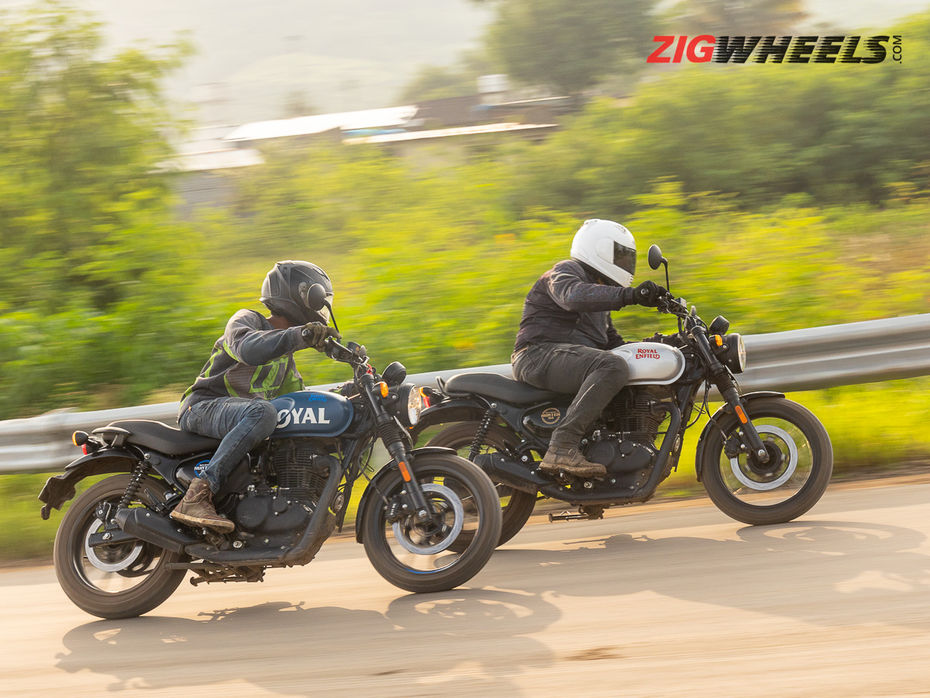
|
RETRO |
METRO |
|
|
Front Tyre |
100/80 - 17 |
110/70 - 17 |
|
Rear Tyre |
120/80 - 17 |
140/70 - 17 |
3. Brakes
The Metro gets a single disc at the front and back partnered with dual channel ABS. Whereas, the Retro gets a more traditional, single disc up front and a drum at the back, and only gets single-channel ABS.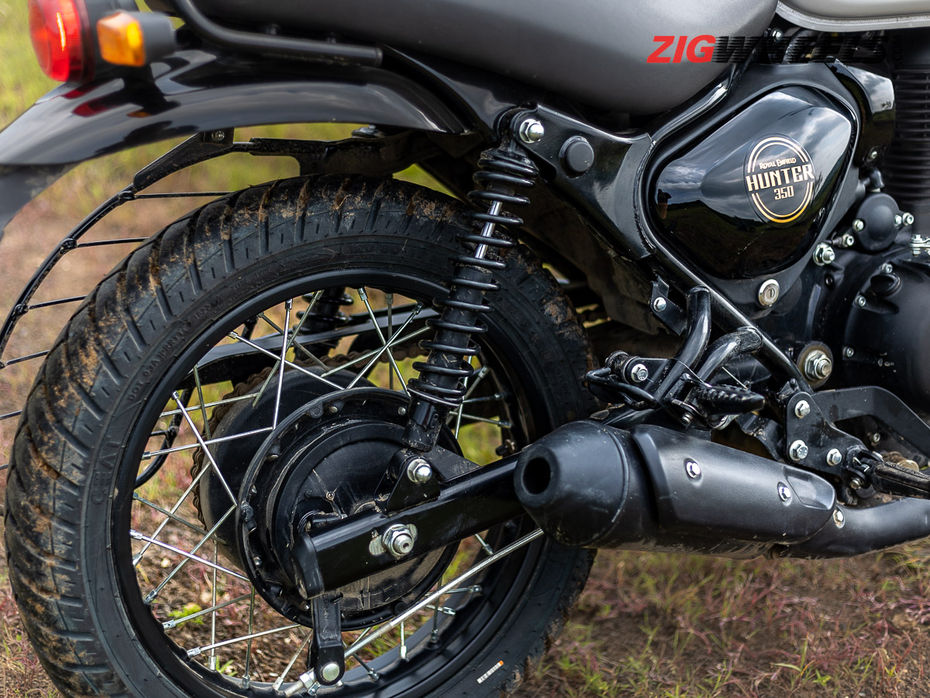
Braking on the Metro is simply better and more confidence inspiring. It might lack some initial braking feel that the Retro offers better, but stopping performance is dramatically better on the Metro. The Retro doesn’t fishtail under hard braking, that’s the good news, but it does take up significant ground to come to a stop.
|
Braking |
RETRO |
METRO |
|
100-0kmph |
69.42m |
52.68m |
|
80-0kmph |
36.71m |
32.08m |
|
60-0kmph |
21.29m |
18.13m |
4. Seats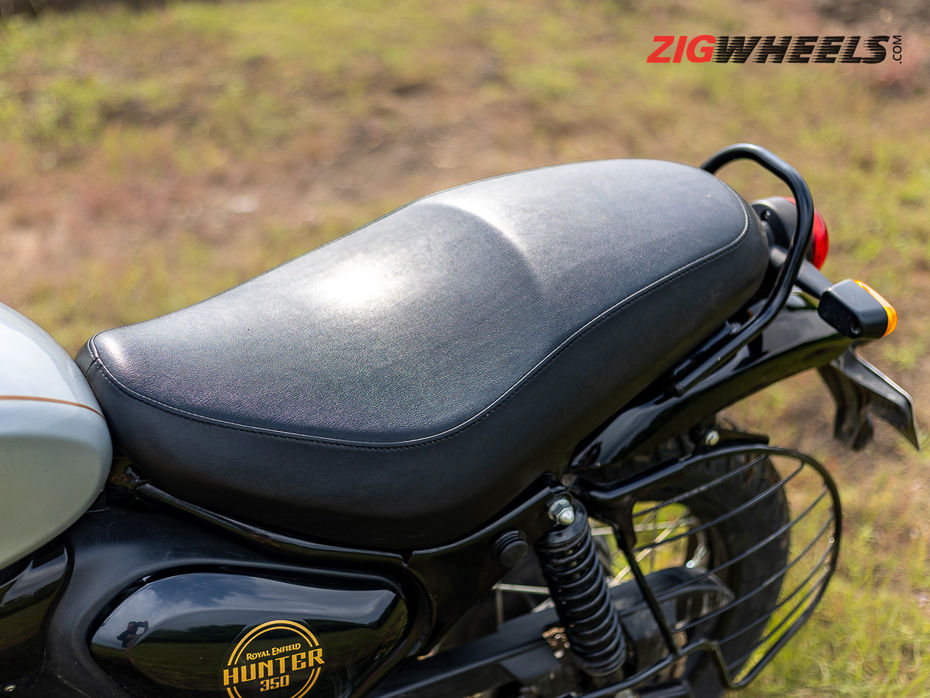
Royal Enfield has decided to give both variants of the motorcycle single-piece leather-finish seats. The Retro gets a simple design, whereas on the Metro, you have an old-fashioned scrambler-style ribbed seat design.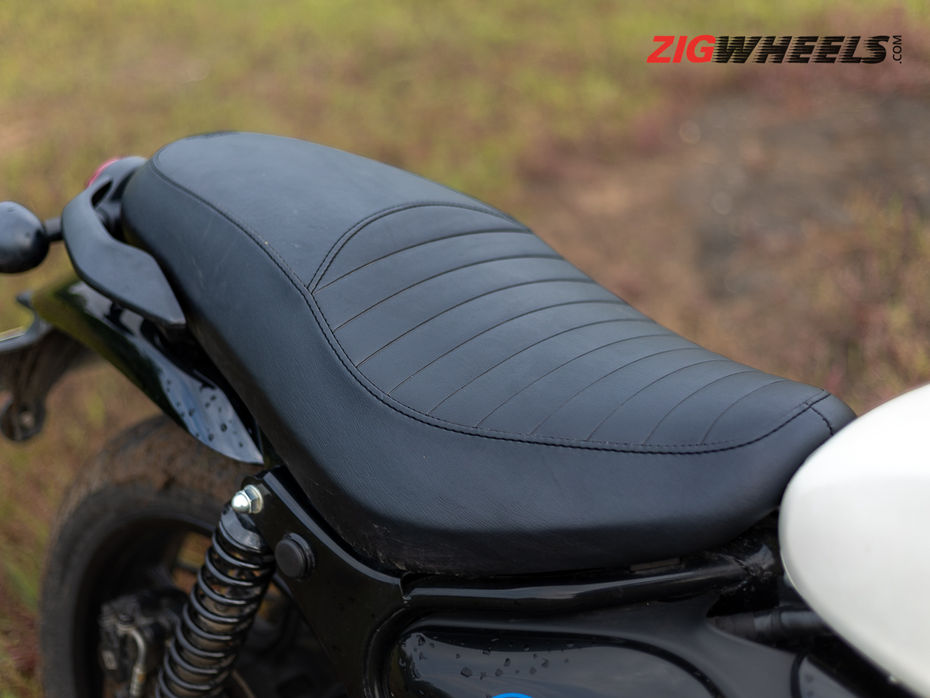
Personally, between the two, I like the one on the Metro. Enfield has given it a firmer foam as opposed to the Retro’s softer cushion, which makes long hours on the saddle more manageable. But neither really offer as much comfort as you'd get from say a Classic or Meteor 350. Of course, RE’s GMA range also offers a few more options that can help you customise your saddle experience even more. So make sure to check that out.
5. Features and quality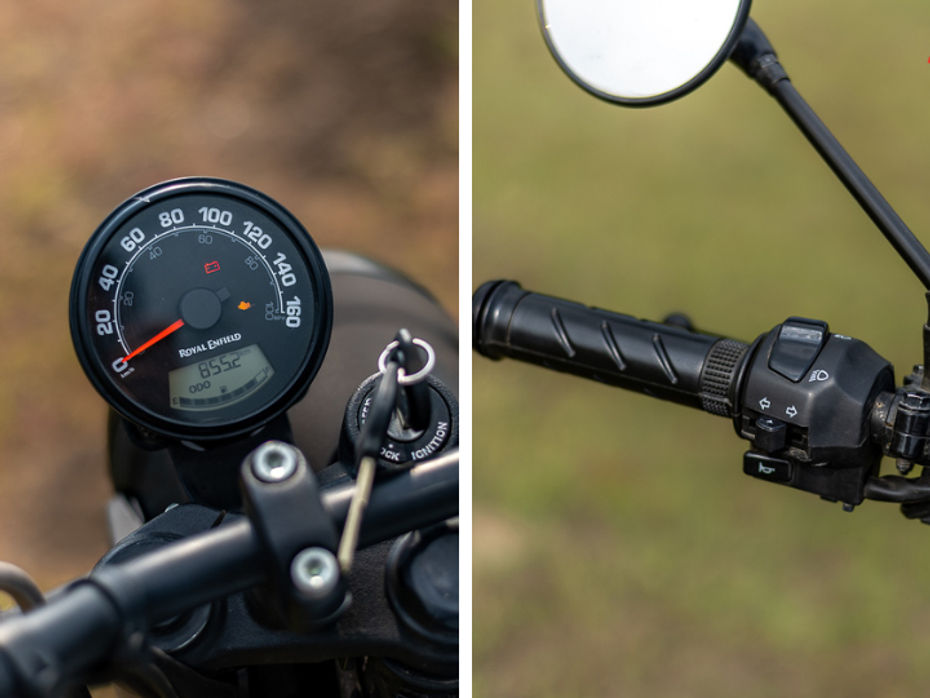
Since it’s built to be the most affordable Hunter, the Retro gets more basic equipment. The monopod is more analogue than digital and even the digital screen shows you the bare minimum. The plastics of the switches, handlebar grips and levers that are borrowed straight from the Bullet 350 do not ooze quality.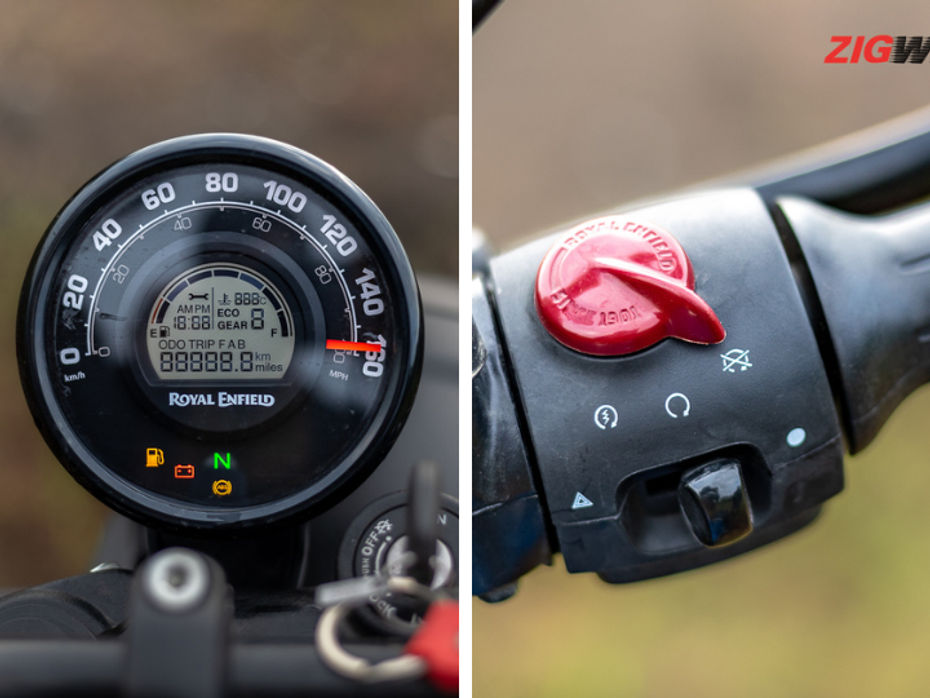
Alternatively, the Metro’s monopod display gets useful digital readouts like - time and gear position indicator along with all the standard stuff. Move over to the handlebar and you get these snazzy buttons and chonky levers to pull and push on. These are all stuff borrowed from the Meteor. 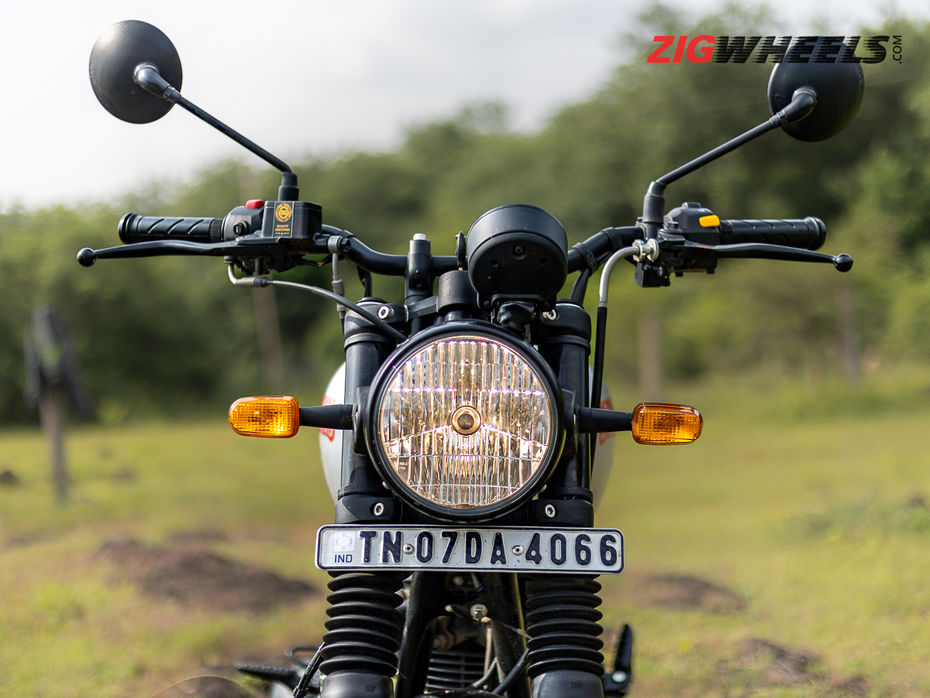
Again here, I prefer the Retro, simply because these basic levers are easier to reach and grip allowing for better feedback. In fact, the clutch on the Retro feels lighter than on the Metro and that’s simply down to the slimness.
6. Weight and performance
Since the Retro (177kg) misses out on a few critical bits like a main stand, rear disc brake, dual channel ABS and gets skinnier tyres, it’s a whole 4kg lighter than the Metro (181kg). But, that does not really translate into outright performance advantage be it off the line or in gear roll ons.
|
Acceleration |
Retro |
Metro |
|
0-60kmph |
5.19s |
5.24s |
|
0-80kmph |
9.17s |
9.16s |
|
0-100kmph |
16.43s |
16.40s |
|
30-70kmph (3rd Gear) |
6.26s |
6.47s |
|
40-80kmph (4th Gear) |
8.57s |
8.87s |
Where the nimbleness can be felt is while parking. With an accessible seat height of 790mm, I was able to flat foot on the bike without any fuss and I'm five feet and nine inches tall. It’s the Hunter’s narrowness and compactness that makes it easy to use while parking and through crawling traffic.
Verdict
See, the Retro builds a solid case for itself, especially with its lower Rs 1,49,900 pricing. It's fashionable, has its merits and is as much a Hunter at heart as the Retro. But it simply misses out on areas which make a motorcycle truly accessible. 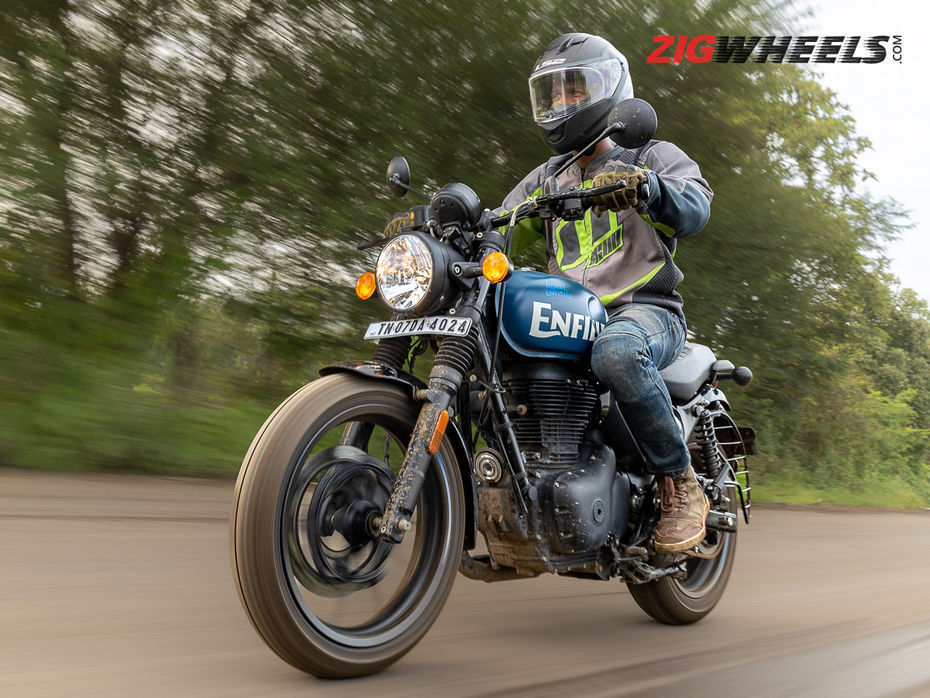
Hence, as this is meant to be an accessible motorcycle for even newbies, the safety net of better brakes, dual channel ABS and the convenience of tubeless alloy wheels cannot be overlooked, bringing the Metro up as the better pick between the two.
|
Hunter Retro |
Rs 1,49,900 |
|
Hunter Metro Dapper |
Rs 1,63,900 |
|
Hunter Metro Rebel |
Rs 1,68,900 |
(All prices ex-showroom)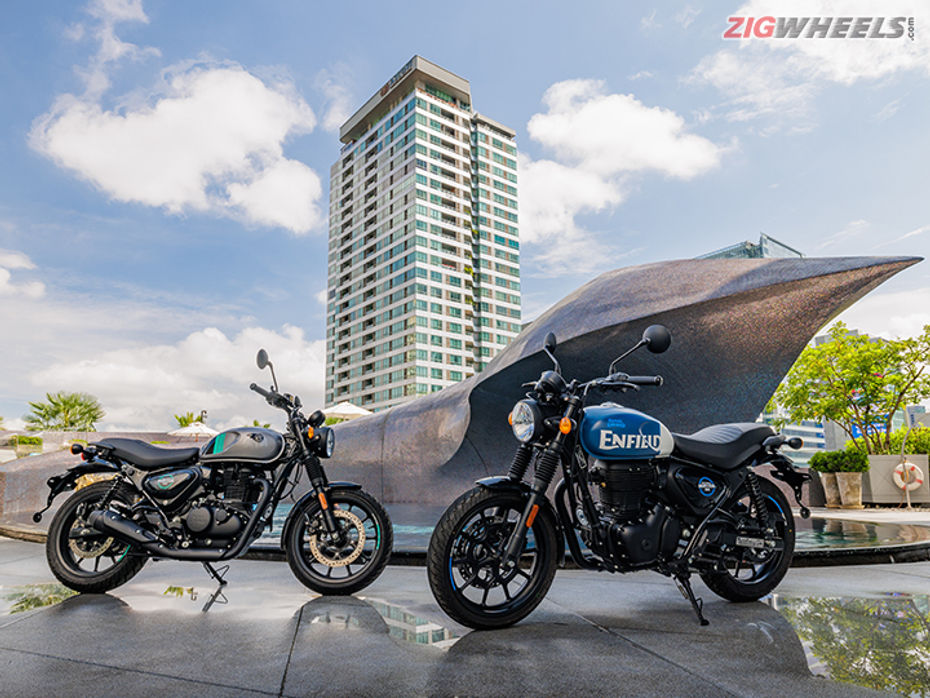
So, it comes down to choosing between the Metro Dapper and Metro Rebel then. The Metro Rebel costs a whole Rs 19,000 more than the Retro. While that's a fair bit of cash, you can opt for the Metro Dapper that's Rs 5,000 more affordable than the Rebel but gets you all good stuff as standard. Fret not, you’re not missing out on much.
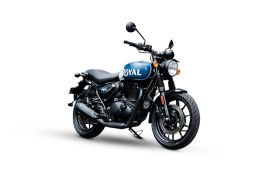

Royal Enfield’s J-platform Bikes: Real-world Performance Compared

Royal Enfield Classic 350: 14,000km Long-Term Review

Royal Enfield Meteor 350 Long-term Review: Change Of Hands At 13,410km

Royal Enfield Meteor 350: 12,114km Long Term Review

Triumph Speed T4 Review - More That Just A Cheaper Speed 400

2023 Royal Enfield Bullet First Ride Review: Made Like A Gun, Goes...

Honda Sunchasers 2022 Ride: Taking The H’Ness To New Heights
 Royal Enfield Classic 350
Royal Enfield Classic 350
 Jawa 42
Jawa 42
 Royal Enfield Meteor 350
Royal Enfield Meteor 350
 Triumph Speed T4
Triumph Speed T4
 Honda CB350RS
Honda CB350RS
India's largest automotive community
 Royal Enfield Classic 350
Rs. 1.93 Lakh
Royal Enfield Classic 350
Rs. 1.93 Lakh
 Royal Enfield Continental GT 650
Rs. 3.19 Lakh
Royal Enfield Continental GT 650
Rs. 3.19 Lakh
 Royal Enfield Bullet 350
Rs. 1.73 Lakh
Royal Enfield Bullet 350
Rs. 1.73 Lakh
 Royal Enfield Meteor 350
Rs. 2.05 Lakh
Royal Enfield Meteor 350
Rs. 2.05 Lakh
 Royal Enfield Himalayan 450
Rs. 2.85 Lakh
Royal Enfield Himalayan 450
Rs. 2.85 Lakh